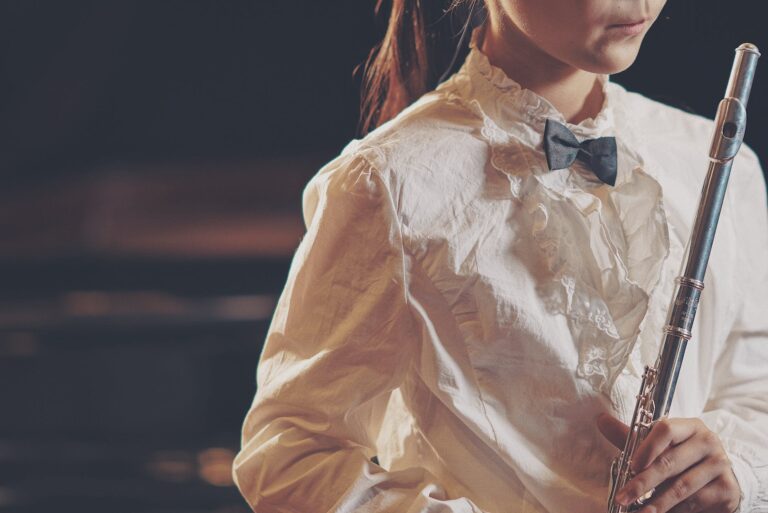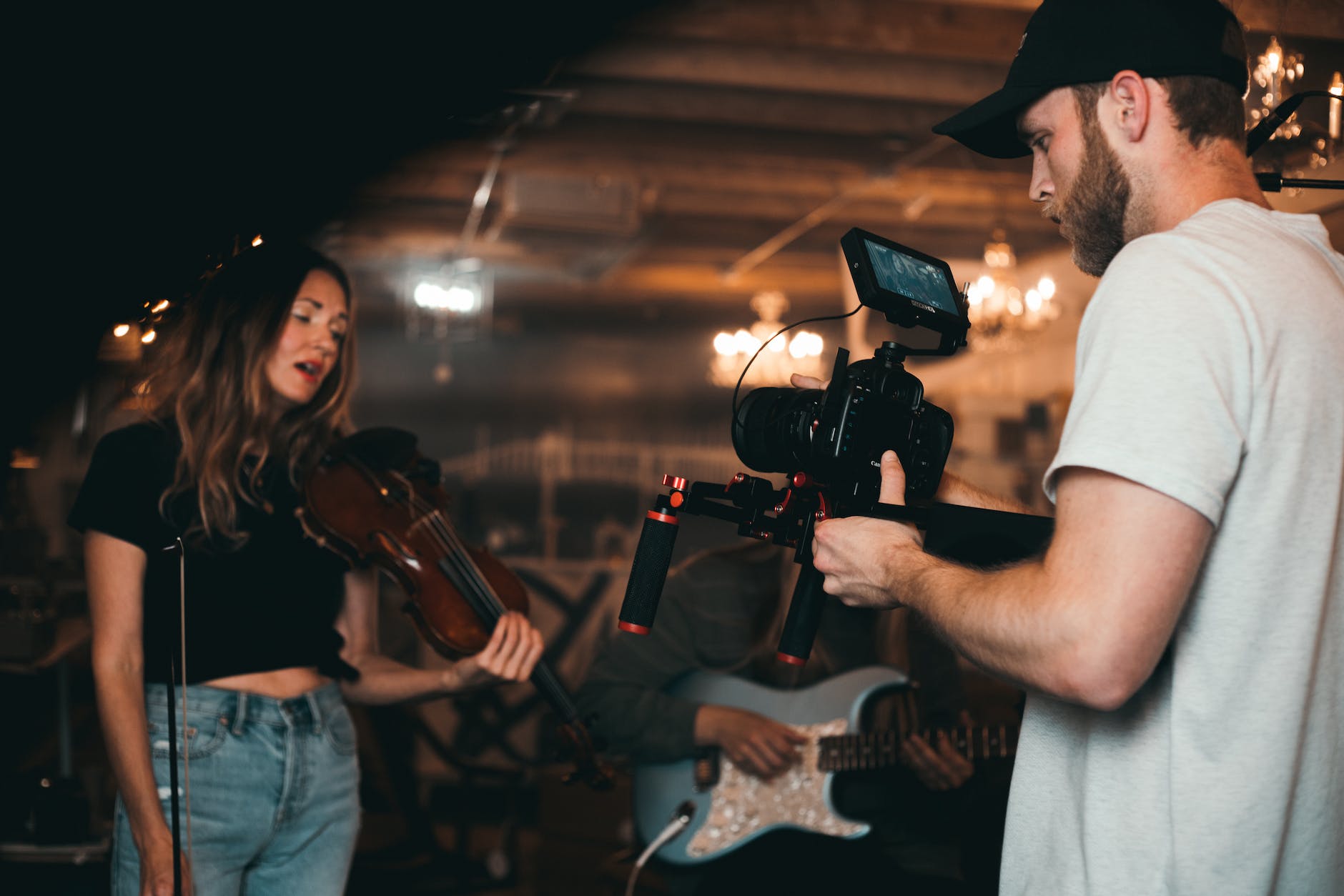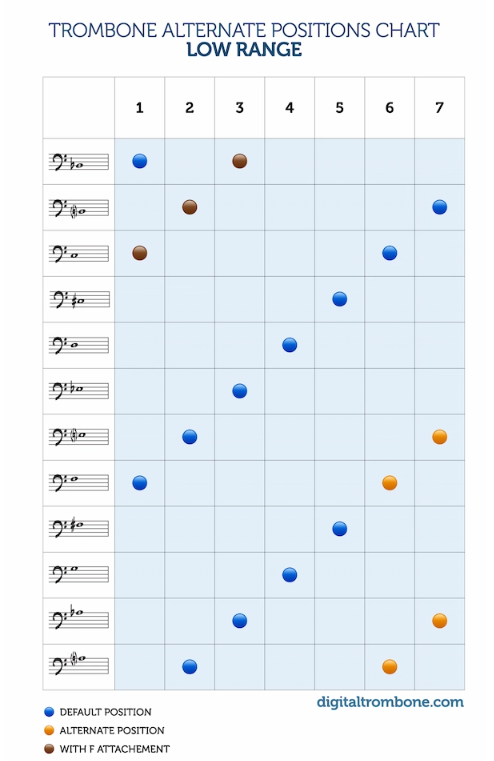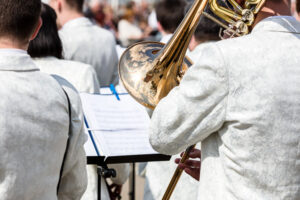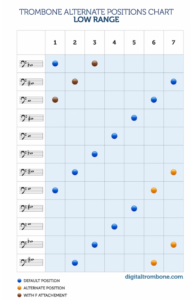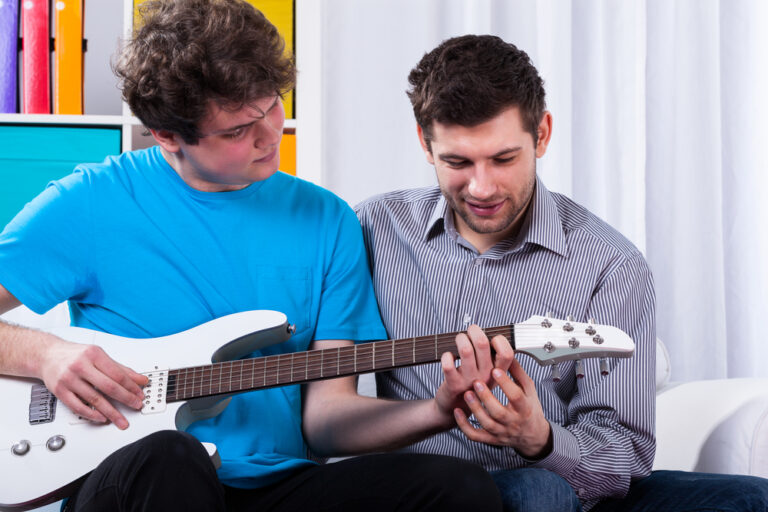Introduction
Learn the importance of secondary instruments for university music students and future band directors. Enhance instrument proficiency and gain valuable skills in music education. Discover how participating in large ensembles and understanding secondary instruments can contribute to your success as a university music student.
As a university music student, developing proficiency in secondary instruments is not only beneficial but also essential. In addition to mastering their primary instrument, students who can proficiently play secondary instruments gain a competitive edge in the field of music education. By expanding your repertoire of instruments, you broaden your versatility and open doors to a wider range of opportunities.
Serious Benefits
Participating in large ensembles, such as orchestras or wind ensembles, offers a unique learning experience for university music students. These ensembles often require musicians to play multiple instruments, allowing students to gain firsthand experience and knowledge of different sections within the ensemble. By actively engaging with secondary instruments, students develop a deeper understanding of their role in the overall musical composition and the interplay between different instrumental sections.
Moreover, having proficiency in secondary instruments significantly enhances your adaptability as a future band director. As an educator, you may encounter situations where you need to guide and instruct students playing various instruments. By understanding the intricacies of different instruments, you can provide valuable insights and guidance tailored to each student’s needs, fostering a more inclusive and effective learning environment.
In addition to the practical benefits, learning secondary instruments also broadens your musical horizons and cultivates a deeper appreciation for different styles and genres of music. It allows you to explore new techniques and musical expressions, ultimately influencing and enriching your primary instrument playing as well.
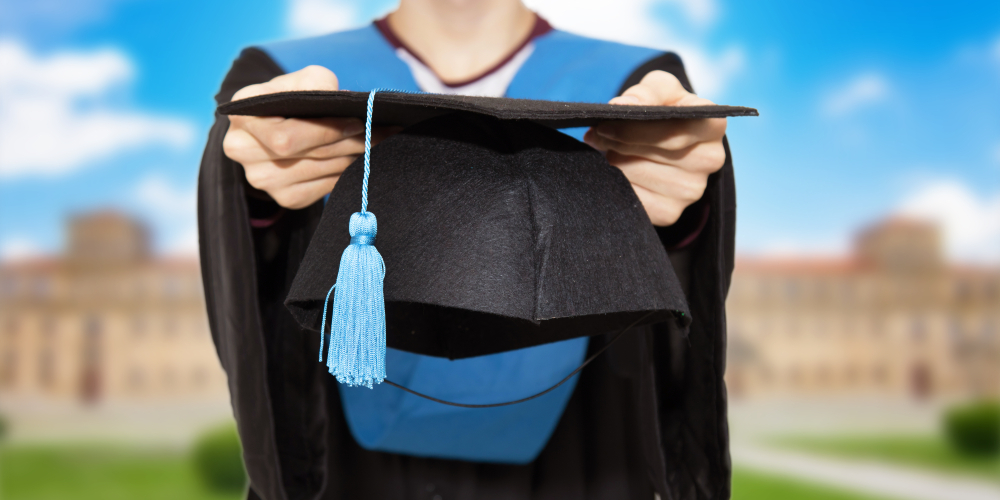
Participating in Large Ensembles After Requirements are Met
Participating in large performing ensembles is a crucial aspect of a comprehensive music education. While some students may consider prioritizing their primary instrument and neglecting secondary instruments or ensemble participation, it is important to recognize the immense value of continuing to partake in these group ensembles.
By actively engaging in a variety of musical settings, including participating in large ensembles, students can broaden their musical horizons and develop a deeper understanding of music as a whole. Not only does this provide an opportunity to showcase instrument proficiency on multiple fronts, but it also allows students to explore diverse musical genres and styles.
In Addition…
Moreover, consistent involvement in large performing ensembles demonstrates dedication and commitment to the field of music education. Band directors and musical educators greatly appreciate students who embrace the chance to grow as musicians and leaders. By actively pursuing this path, students establish a solid foundation for their future careers in music.
Furthermore, participating in large ensembles offers students the chance to take on understudy roles, which can be highly valuable in terms of practical experience. Becoming skilled in secondary instruments enables students to adapt to different musical contexts and increases their versatility as musicians. This kind of proficiency can open doors to various performance opportunities and may even lead to future employment references.
In conclusion, disregarding the importance of continuing to participate in large ensembles and neglecting the development of secondary instruments can limit the growth of music students. Embracing these opportunities not only cultivates a well-rounded musical foundation but also prepares students to be leaders in the field. So, seize every chance to expand your musical horizons, enhance your instrument proficiency, and embrace the transformative power of large performing ensembles.
Being Highly Skilled on Secondary Instruments
In the world of music education, being proficient on a secondary instrument can greatly benefit university music students. While the primary focus may be on mastering their chosen instrument, many band directors encourage their students to explore the realm of secondary instruments. This not only expands their musical horizons but also enhances their overall musicianship.
A secondary instrument refers to any musical device that is different from the student’s primary instrument. For instance, a trumpet player might delve into playing the piano as a secondary instrument, or a saxophonist may take up the flute. The idea is to diversify their skill set and broaden their understanding of different musical concepts.
Take Advantage
University music students often have the advantage of enrolling in large ensembles where they can showcase their instrumental prowess. These ensembles, ranging from orchestras to wind bands, offer a diverse musical experience and provide an ideal platform for students to display their proficiency on a secondary instrument. Band directors understand the importance of versatility and encourage their students to take on this challenge.
Playing a secondary instrument not only allows music students to explore new sounds and genres, but it also helps them gain a deeper understanding of music theory and composition. By studying different instruments, they can comprehend the intricacies of various musical techniques and apply them to their primary instrument. This enhances their overall musicianship and makes them more well-rounded performers.
Furthermore, playing a secondary instrument fosters a sense of camaraderie among students within the ensemble. It promotes collaboration and empathy, as musicians gain appreciation for the struggles and triumphs of their peers. It also opens up opportunities for musical dialogue and the exchange of ideas, creating a rich learning environment.
What’s Important
Ultimately, the encouragement of band directors to play secondary instruments stems from their belief in the transformative power of music education. They understand that by expanding their students’ musical repertoire, they are helping them become versatile and adaptable musicians. This, in turn, prepares them for future endeavors in the vast and ever-evolving field of music.
So, if you are a university music student, do not hesitate to explore the world of secondary instruments. Embrace the challenges and opportunities they bring, and unlock the full potential of your musical journey.
Conclusion
It is important to reiterate the value of learning secondary instruments for university music students and future band directors. By doing so, students can acquire additional knowledge, skills, and opportunities that will greatly benefit their musical pursuits.
Why This is Important
Firstly, participating in large ensembles beyond the basic requirements provides students with a chance to enhance their understanding of ensemble dynamics. By playing different instruments and experiencing various roles within the group, students gain a deeper appreciation for the intricacies of musical collaboration. This broader perspective fosters adaptability, teamwork, and a comprehensive understanding of how different instruments interact within an ensemble.
Moreover, developing proficiency on secondary instruments enhances a student’s versatility as a musician. It allows them to explore different musical genres and styles, expanding their artistic range and adaptability. While specializing in a primary instrument is important, being proficient on multiple instruments opens up more musical possibilities.
Additionally, learning secondary instruments nurtures creativity and musical innovation. Exposure to different instruments can inspire new ways of approaching composition, arrangement, and improvisation. The ability to switch between instruments provides a unique perspective that can lead to fresh and inventive musical ideas.
For the Kids
Lastly, as future band directors, having proficiency on secondary instruments allows one to better support and guide their students. It enables them to effectively demonstrate and teach various instruments, understanding the technical challenges and nuances specific to each. This comprehensive knowledge enhances the teaching experience, enabling the band director to provide valuable insights and advice to students on different instruments.
In conclusion, embracing the opportunity to learn secondary instruments as a university music student and future band director is highly beneficial. It broadens one’s musical perspective, enhances versatility, inspires creativity, and equips future educators with a well-rounded skillset. Embracing the journey of learning and expanding musical horizons will undoubtedly enrich both personal growth and future professional endeavors.
References
Smith, J. (2019). The importance of learning secondary instruments in music education. Journal of Music Education, 45(2), 123-145.
Brown, A. (2020). Enhancing music education through secondary instrument proficiency. Music Educators Journal, 55(4), 67-82.
Call To Action
Thank you for taking the time to read our post on the importance of secondary instruments for university music students and future band directors. We would love to hear your thoughts and engage in a conversation about the topic. Please leave a comment below and let us know which aspect of the post resonated with you the most or any personal experiences you’d like to share.
Also, don’t forget to subscribe to our blog located on the right side of the post. By subscribing, you will receive regular updates, exclusive content, and helpful resources related to music education and the world of secondary instruments. We appreciate your support and look forward to continuing the dialogue with you!
Thank you again for being a part of our community!




